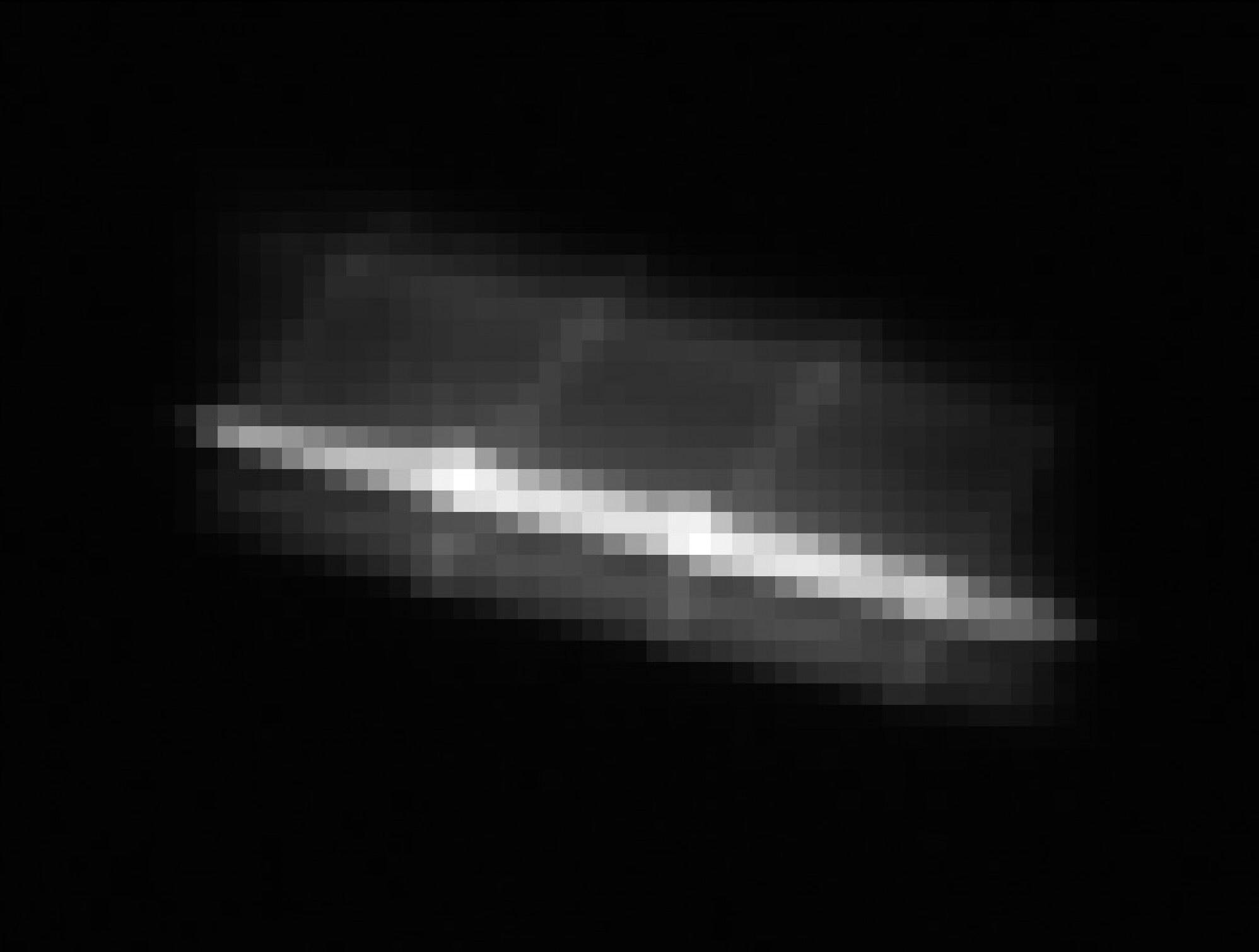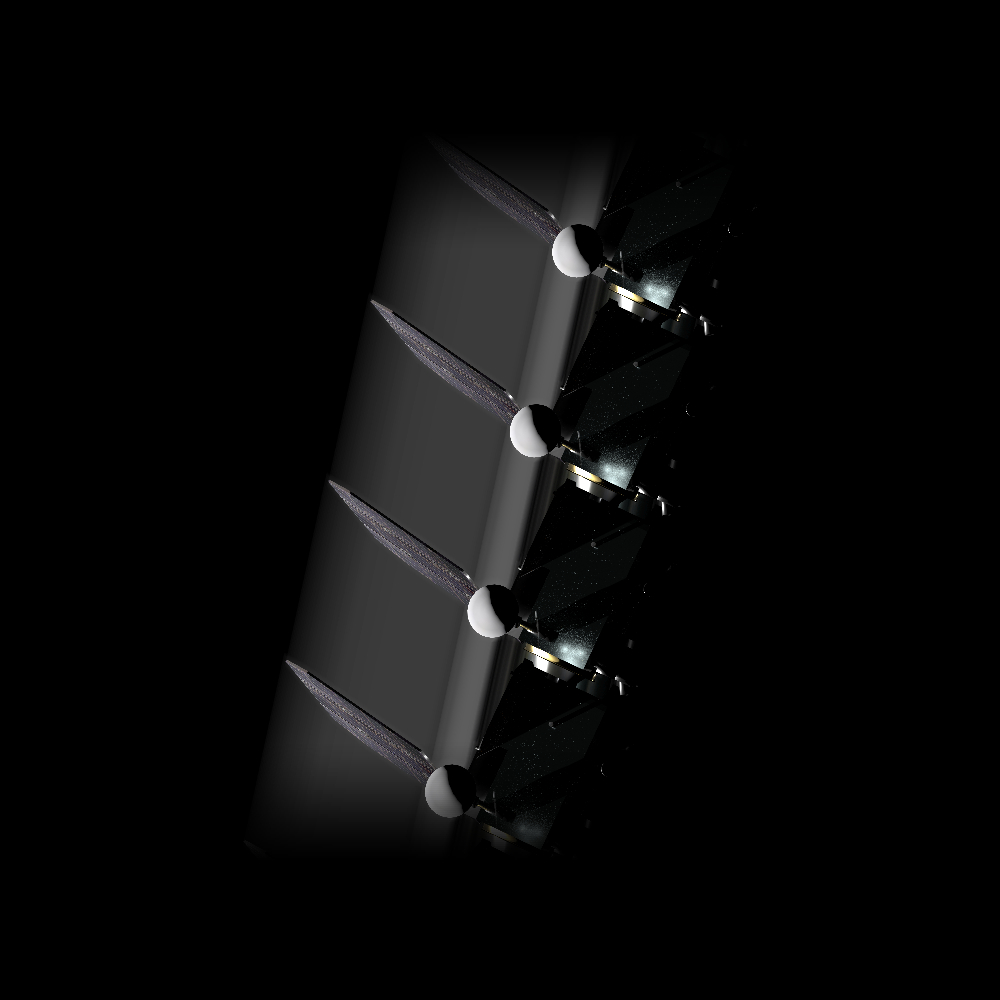South Korean moon probe snaps picture of NASA's powerful lunar orbiter (photo)
NASA's ShadowCam imager on the Danuri spacecraft captured a view of the Lunar Reconnaissance Orbiter.
NASA's Lunar Reconnaissance Orbiter has been caught out at its own game.
The Lunar Reconnaissance Orbiter (LRO) has been studying the moon up close since 2009. It has also imaged other active spacecraft on the lunar surface, such as China's Yutu 2 rover, and even other moon orbiters.
And now, a newcomer to lunar orbit recently spotted LRO from a distance of just 11.2 miles (18 kilometers) as the probes zipped by each other in their respective orbits.
Related: Amazing moon photos by NASA's Lunar Reconnaissance Orbiter
The Korea Aerospace Research Institute's (KARI) Danuri spacecraft arrived in lunar orbit in mid-December 2022. Aboard is ShadowCam, a NASA-funded hypersensitive optical imager, which is able to provide views into shadowed areas by collecting light reflected off nearby landforms and light reflected from our planet onto the moon, or "Earthshine."
This time, instead of illuminating shadowed craters, ShadowCam captured a sunlit LRO as both spacecraft passed over a patch of moon shrouded in darkness.
The stunt required coordination and timing, as the two spacecraft passed each other with a relative velocity of 7,113 mph (11,447 kph). The NASA LRO mission operations team at Goddard Space Flight Center in Maryland oriented the spacecraft relative to Daunri and the sun to allow the radiator and back of the spacecraft to be brightly illuminated, according to a post on the ShadowCam webpages.
Breaking space news, the latest updates on rocket launches, skywatching events and more!
The high speed of the near encounter and the exposure time of ShadowCam results in LRO being doubly exposed four times in the final image. An animation from the ShadowCam team illustrates the features of LRO captured in the image, including the spacecraft's solar array, radiator and high-gain antenna, by transitioning from the captured image to a computer-generated high-resolution image.
ShadowCam, which is based on LRO's powerful main camera, is being used to learn about shadowed areas at the lunar south pole ahead of NASA's Artemis 3 mission, mapping out permanently shadowed areas. (Artemis 3 will land astronauts near the south pole, the first crewed return to the lunar surface since Apollo 17 in 1972.) Meanwhile, Danuri has other cameras aboard, which recently captured epic views of iconic lunar features.
Closer to home, a Maxar Earth-observation satellite recently captured an up-close look at NASA's Landsat 8 spacecraft in low Earth orbit, demonstrating how satellite imagery can be used for potentially checking out the health or causes of issues for satellites.
Follow us on Twitter @Spacedotcom or Facebook.

Andrew is a freelance space journalist with a focus on reporting on China's rapidly growing space sector. He began writing for Space.com in 2019 and writes for SpaceNews, IEEE Spectrum, National Geographic, Sky & Telescope, New Scientist and others. Andrew first caught the space bug when, as a youngster, he saw Voyager images of other worlds in our solar system for the first time. Away from space, Andrew enjoys trail running in the forests of Finland. You can follow him on Twitter @AJ_FI.



